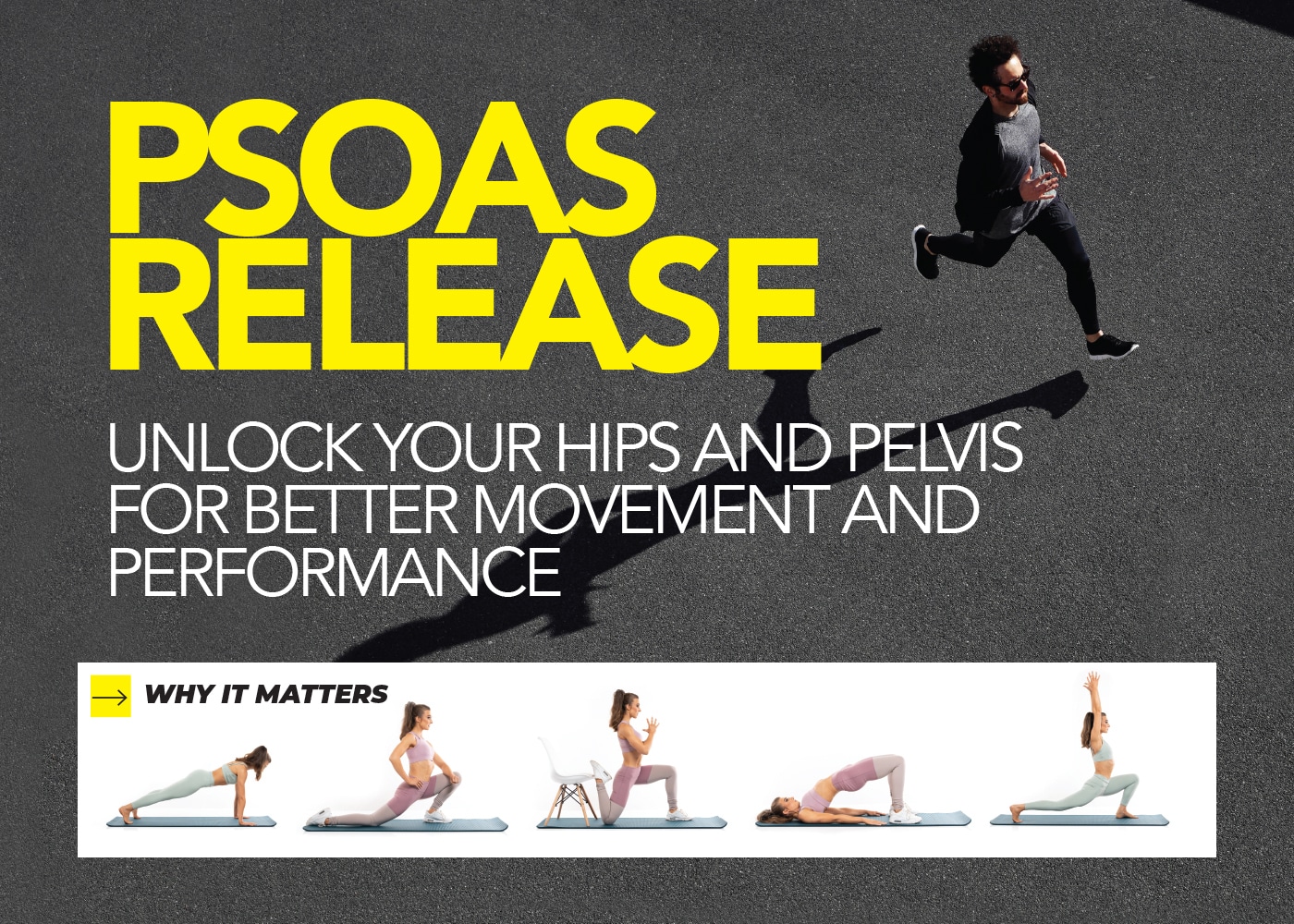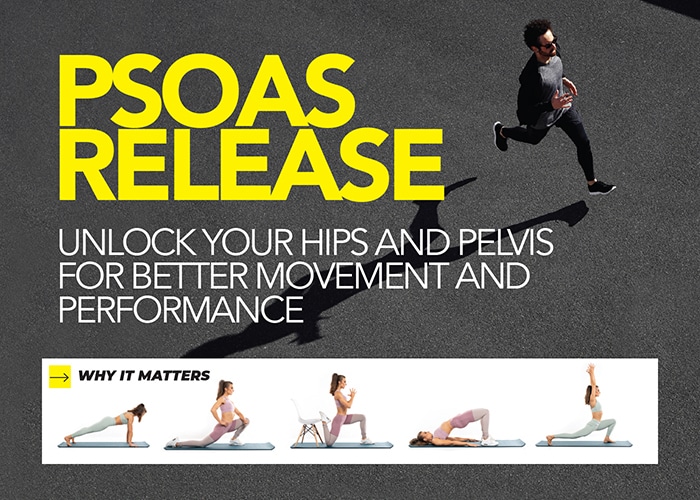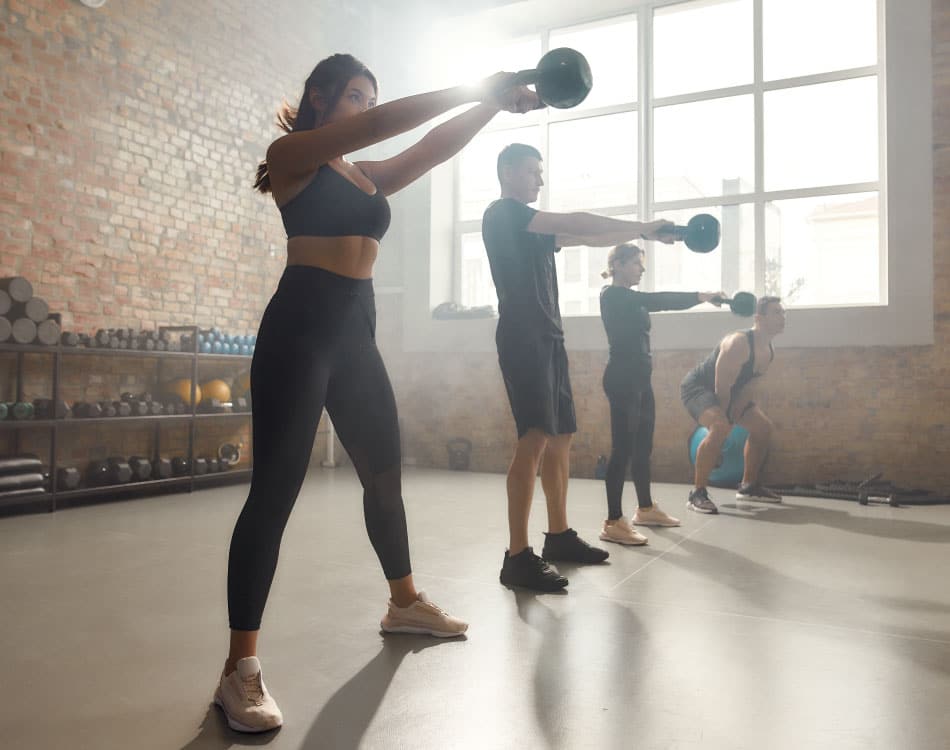The psoas muscle is one of the most powerful and important muscles in our body
It is the key to more powerful movement and better performance, yet many people have no idea where it is located, what it does or even how to say its name properly – it is pronounced ‘so-as’. The psoas is the deepest muscle in our body and looks similar to an upside down chicken wishbone.
It is the only muscle that connects your spine to your legs – it attaches onto the spine at T12 and onto all lumbar vertebrae (L1 to L5). It runs downs through your abdominal cavity and attaches onto the inner thigh bone or femur.
READ MORE | Optimise Your Performance Through Improved Mobility
The body’s power plant
The psoas (together with the iliacus – known collectively as the iliopsoas) is a powerful hip flexor, which means it flexes the hip joint and lifts the upper legs towards the body – the primary movement when you walk, run or climb stairs.
The psoas also plays major roles in spinal stabilisation to hold us upright and for balance.
As we generate most of our power through our pelvis and core, a healthy, flexible psoas allows our hips to function freely without restriction, which translates into better movement and performance.
READ MORE | 3 Steps To Level Up Your Performance In The Gym
Psoas tension can cause issues
A tight psoas will often present as lower back or sacroiliac joint pain, and may cause conditions such as sciatica, disc problems, scoliosis, hip degeneration, knee pain, digestive problems, heartburn, and even jaw problems.
Weakness or tightness in your hip flexors can also lead to compensation injuries in the knees, hips and lower back, including Achilles degeneration, hip bursitis and hamstring strains. These injuries are generally caused by muscle imbalances that stem from compensatory movements.
And the psoas shares fascial connections with the diaphragm. A tight psoas tends to pull down on the diaphragm, which prevents its full bellowing action and can affect our breathing. This, in turn, will prevent us from breathing deeply to get sufficient oxygen to working muscles.
In addition, weak glute muscles and abdominals and tight adductors all cause the psoas to contract and can limit its optimal biomechanical function.
READ MORE | Unlock Stiff Winter Joints And Relieve Aches And Pains
Release your psoas
One way to help stretch and adjust tone through the psoas is the constructive rest position. In this position, the psoas is free to relax, so it can often bring relief from backache and help maintain pelvic stability.
How to do it: Lie on the floor with your feet up on the couch or bed, with a 90 degree angle between your hips and thighs and thighs and calves.
Another approach is to do Forrest Yoga with its emphasis on pelvic function, stability and psoas tonal health.
You can also perform various stretches and drills at home or before a workout to loosen this important muscle to improve movement and performance and reduce your injury risk.

















